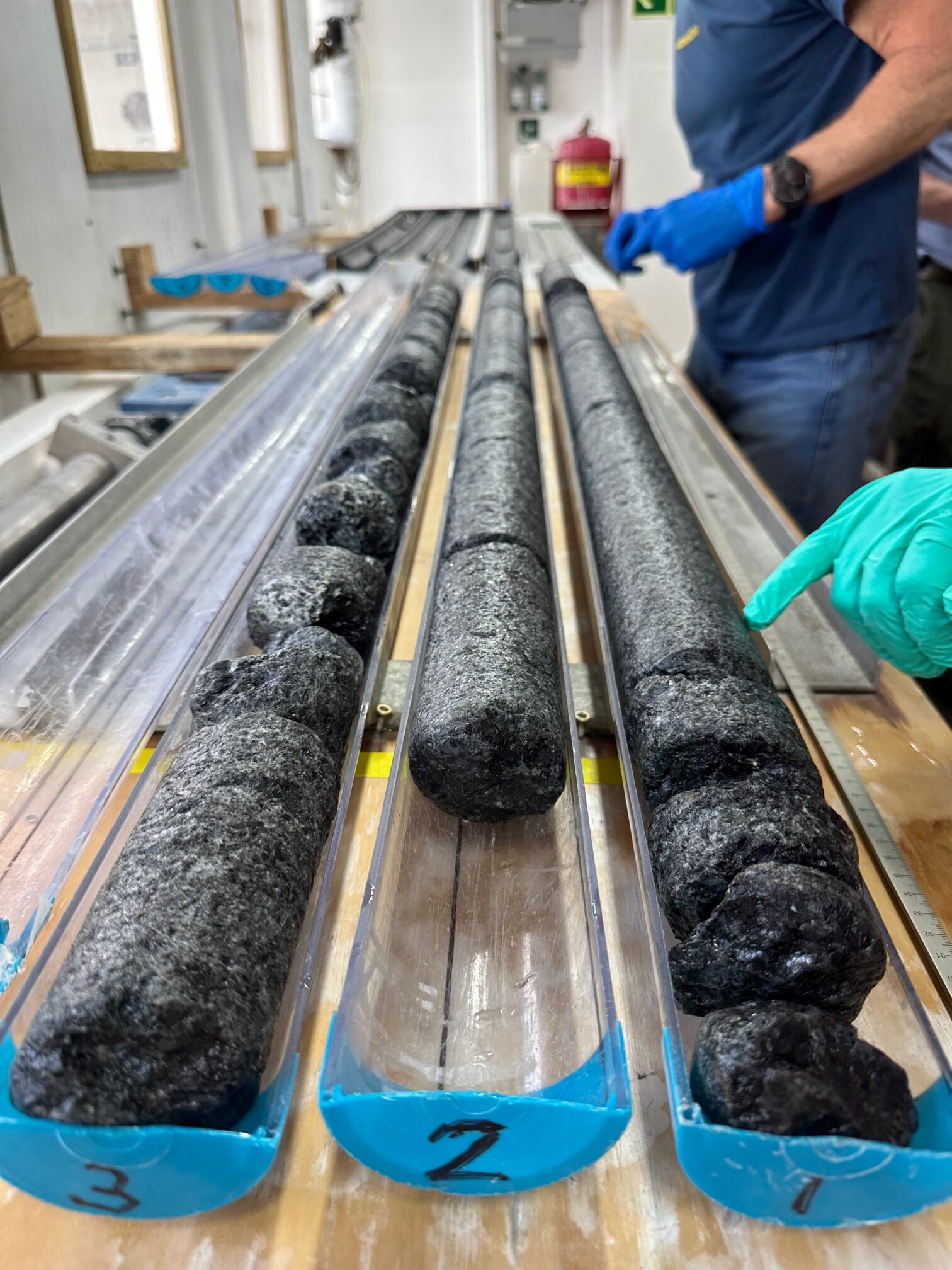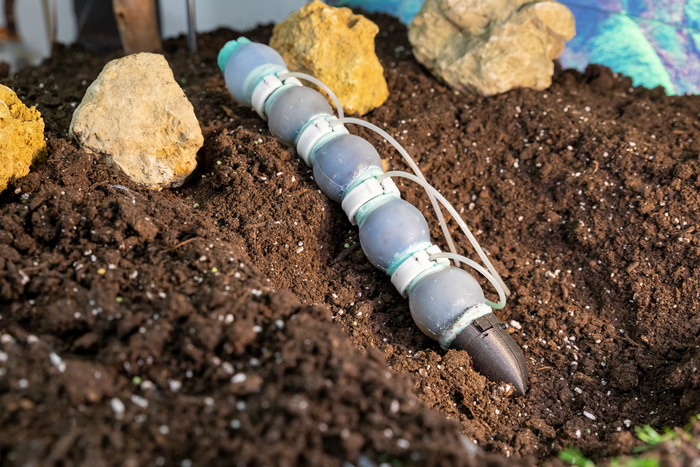Despite more than 60 years of efforts, scientists have been unsuccessful in extracting a large core sample from the upper mantle. However, this month, geoscientists have achieved an unprecedented breakthrough in their decades-old quest to unravel the mysteries of Earth’s depths.
Accessing mantle rock is a challenging task due to its depth below the Earth’s surface. On average, the mantle is located about 30 kilometers (over 18 miles) beneath the Earth’s crust.
But the Atlantis Massif, just east of the Mid-Atlantic, brings the mantle much closer to the Earth’s surface.
It is a unique site that allows scientists to study rocks from the Earth’s mantle without the need for extensive drilling through the crust.
Scientists on the JOIDES Resolution, the flagship drilling vessel of the International Ocean Discovery Program (IODP) scouring the ocean floor for decades, have achieved a significant milestone. They dig into an already existing 4,640-foot hole drilled nearly 20 years ago to 6,750 feet.
They successfully retrieved 1,000 meters (3,280 feet) long samples of mantle rock from below the seafloor, where the temperatures were over 204 degrees Celsius. This rock primarily consists of peridotite, a common rock type found in the mantle.
The collected samples provide direct evidence of compositional differences between the ocean crust and the upper mantle. They will contribute to better estimates of the Earth’s overall composition and enhance our understanding of how magma melts, flows, and separates.







